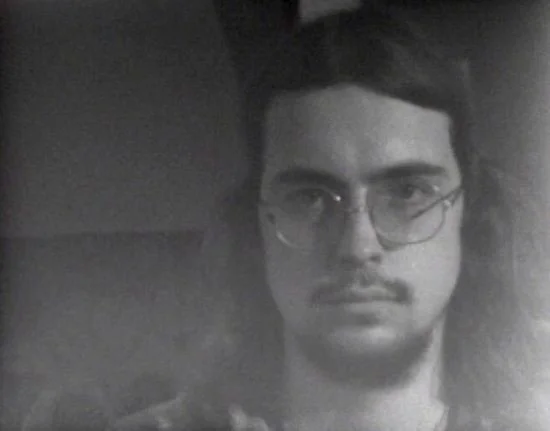Hito Steyerl plays with cinematic techniques, learned codes governing our understanding of film and vision in film. This film How not to be Seen references Monty Python’s “how to be invisible”. While I like the work, i also think the original is much smarter, and reminds me of the amazing Monty Python sketches that use necessity and expectation to create humour and a jolt of expectations. My favourite clip is of Arthur running to the Castle in the Holy Grail - timing!
Hito Steyerl, How Not to be Seen: A Fucking Didactic Educational .MOV File, 2013








